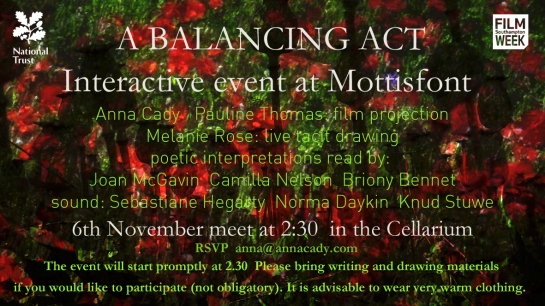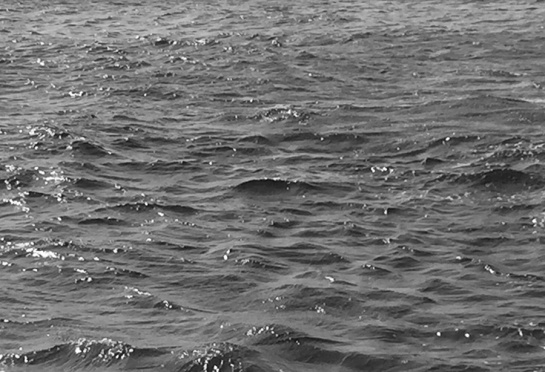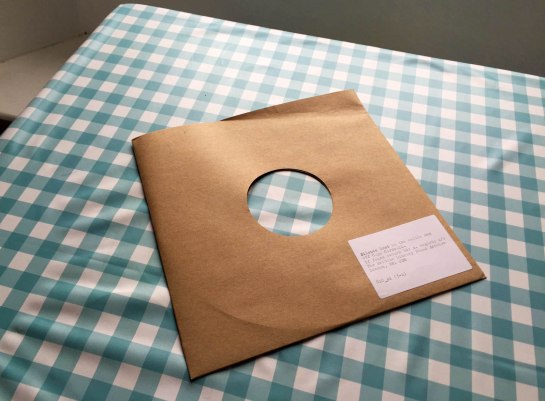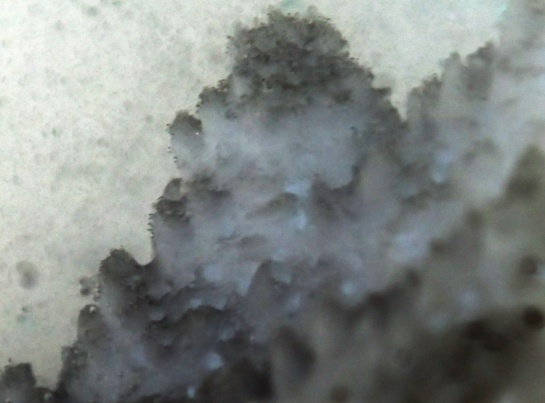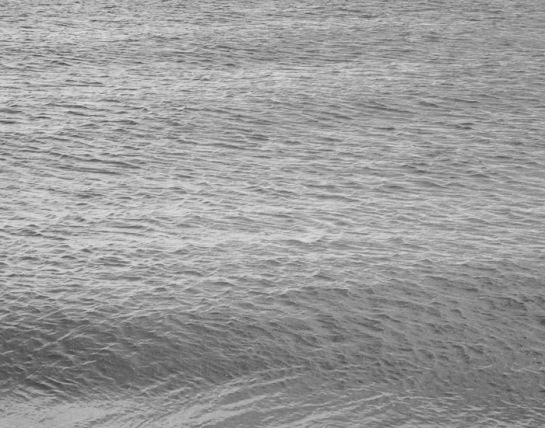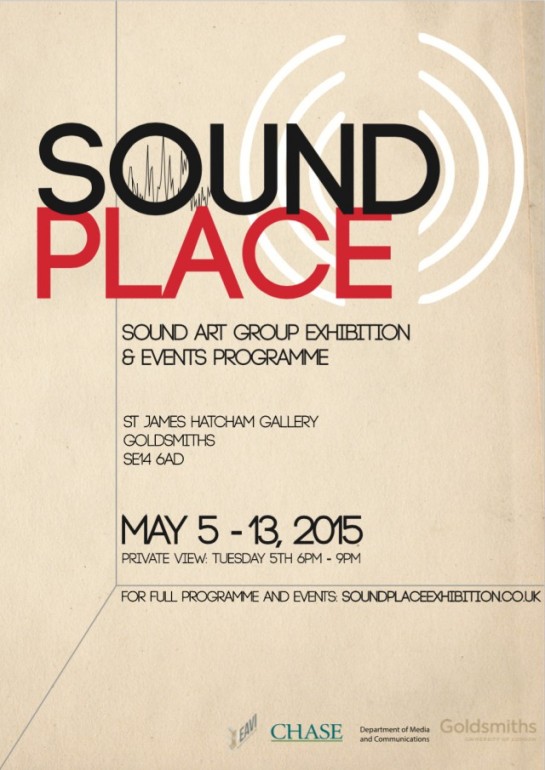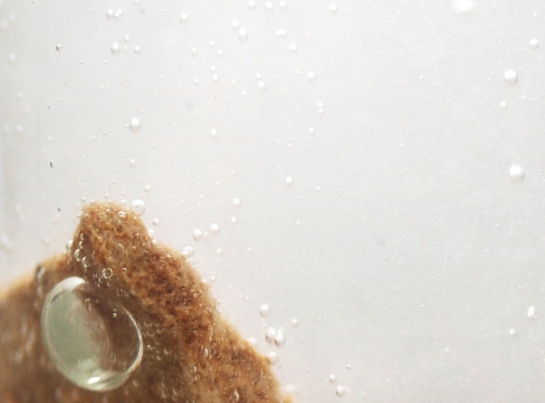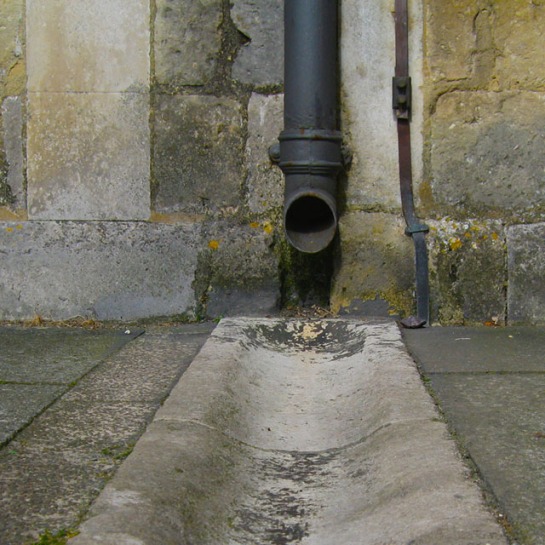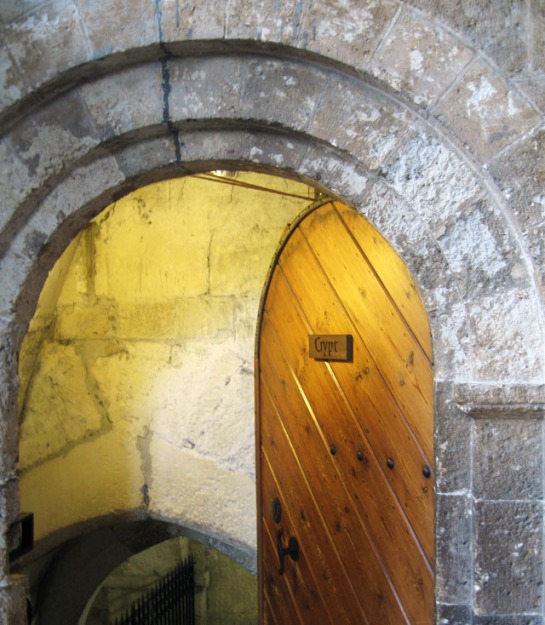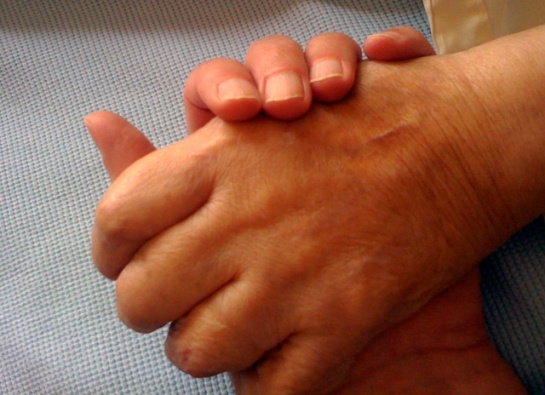
Piss walk 11:1 31.05.20
The arrival of ‘lockdown’ allowed me to indulge in daily early morning walks. My regular walk around Winnall Moors Conservation Reserve was unavailable, the Moors being closed due to recent flooding, so my journey had to take another path. Leaving home, I followed the meandering course of the river Itchen, down Water Lane, along the Riverside path, passing mam’s bench out to St Cross Hospital and then back along St Faiths Road to the water meadows, past Winchester College to Inner Cathedral Close, through the Water Gate toward Water Lane and home. With occasional variation this transit has become my habit.
At this early hour the streets and paths of Winchester are relatively empty, my solitude broken by the occasional key-worker, a competitive dribble of runners in pursuit of a personal best, and the hesitant, stray perambulation of dog walkers. Perhaps it is the quiet vacancy of my journey that focused my attention on the wet trails left by the toilet of dogs. Or perhaps because the piss was so fresh, it left a conspicuously dark trail, a trail which later in the day may have evaporated. Pulled by gravitational force, each stream of dog piss flows away from its source, immediately discovering and tracing its own unique path of least resistance. If this pee were a river, it would be running toward another body of water; a lake, the sea, an ocean. But this melancholy flow, rarely makes it home, the stream of piss, meanders, pools, dwindles and expires.

Piss Walk 6:14 08.05.20

Piss Walk 7:8 10.05.20
As part of an ongoing series of piss walks, I started to photograph the urine trails. These photographs draw a map of my daily promenade, but also that of the dogs. You might even say that the dogs are taking me for a walk: I am on their tail, visually sniffing after their presence. The dogs too are following, inhaling the wet perfume tales of absent mongrels and pedigrees, which linger in the air. Steven Connor, considers all walking ‘a kind of self-ghosting.’ The dogs and I walk invisibly with each other, haunted companions following the ghosts of presence recently departed.
Although the intention was to document rather than curate, there was some aesthetic pleasure in the wandering form of particular trails: the piddle finding its course, as it seeks out the guttering cracks in tarmac and paving slabs. Whilst some trails fade over time, the stain of others remains conspicuously strong. They become familiar landmarks in the landscape of my walk, surviving until the rain pours down and the stain erased.

Piss Walk 7:10 10.05.20

Piss Walk 9a
There is a rhythm to the piss walks. Certain popular locations offer a sudden glissando of wet notes, interspersed by long periods of dry silence and the occasional damp patch. The reason for this melodic popularity is perhaps more architectural than bladder related: the perpendicular elevation of post or wall offers a place for the urine to mark. Perhaps the mere sight of an elevation incites a call of nature, or perhaps the fragrance of that call induces others to reply. The walls of Winchester College are a very popular – I like to imagine that the mutts of Winchester are using their kidneys to pass vernacular comment on the inherent inequalities of the private education system.

Piss Walk 1:10 15.04.20

Piss Walk 4:7 15.04.20
The perpendicular is not the only landmark of preference. The corner of a path or road also seems attractive. In the Poetics of Space, Gaston Bachelard considers the corner a haven: ‘we take refuge in a corner’, it encloses us in ‘an imaginary room [rising] up around our bodies.’ An intimate, interior space of solitude: ‘in our corners we remember […] the silence of our thoughts.’ In opposition to the security of this poetic right angle, the reflex of a corner in the road, is an edge-land, a non-place, where the familiar meets the unknown: we do not know what is around the corner. Perhaps the profusion of pee is a way for the dogs to cope with the anxiety of this displacement, a method of owning and knowing where they are. Or perhaps it is more thuggery in intent, each dog scrawling a stinking tag on the perimeters of their manor and telling the rest of us to ‘piss off!’

Piss Walk 3a: 1 18.04.20









